Introduction
Shrimp dumplings, known for their delicate flavor and succulent texture, are a beloved dish in many cuisines worldwide. Whether you’re enjoying them as a hearty snack, a light appetizer, or a main course, the key to making shrimp dumplings truly memorable lies in the filling. Crafting a perfect shrimp dumpling filling requires attention to detail, careful selection of ingredients, and a bit of culinary finesse. In this comprehensive guide, we’ll explore every step of the process, from choosing the right shrimp to seasoning and mixing the filling, ensuring your shrimp dumplings are nothing short of exquisite.
Chapter 1: Selecting the Perfect Shrimp
The foundation of any shrimp dumpling filling is, of course, the shrimp itself. The quality and type of shrimp you use will significantly impact the final taste and texture of your dumplings. Here are some crucial factors to consider when selecting shrimp for your dumplings:

1 Freshness and Quality
Always opt for fresh or frozen-at-sea shrimp. Fresh shrimp should have a firm texture, a slightly sweet aroma, and a translucent appearance. Avoid shrimp that smells fishy or has a slimy texture, as these are signs of spoilage. If you’re using frozen shrimp, make sure they were frozen quickly to retain their freshness and flavor.
2 Size Matters
The size of the shrimp can affect both the texture and portion size of your dumplings. Medium to large shrimp (about 21-30 per pound) are ideal for dumplings because they provide a good balance of flavor and texture. Smaller shrimp can make the filling too dense, while overly large shrimp might be difficult to handle and fold into dumplings.
3 Peel and Devein
Whether you buy shrimp peeled and deveined or do it yourself, this step is crucial for removing impurities and ensuring a cleaner, more pleasant eating experience. Peeling the shrimp also allows for better seasoning penetration.
4 Tail-On or Tail-Off?
Leaving the tail on can add a touch of elegance and make for easier handling during the cooking process, especially if you plan to steam the dumplings. However, if you prefer a cleaner look or find the tails cumbersome, feel free to remove them.
Chapter 2: Preparing the Shrimp
Once you’ve selected your shrimp, it’s time to prepare them for the filling. This involves cleaning, chopping, and sometimes marinating to enhance their flavor.
1 Cleaning and Chopping
-
Rinse and Pat Dry: Rinse the shrimp under cold running water to remove any remaining dirt or ice crystals. Pat them dry thoroughly with paper towels to prevent excess moisture in the filling.
-
Chopping Technique: For a finer texture, you can chop the shrimp by hand using a sharp knife. Alternatively, pulse them in a food processor until they reach your desired consistency. Be careful not to over-process, as you want to retain some texture.
2 Marinating (Optional)
Marinating shrimp can add depth of flavor and tenderize the meat. A simple marinade of soy sauce, rice vinegar, ginger, garlic, and a pinch of sugar can work wonders. Let the shrimp sit in the marinade for about 15-30 minutes, then drain and pat dry before using.
Chapter 3: Choosing Complementary Ingredients
The beauty of shrimp dumpling fillings lies in their versatility. You can mix and match various ingredients to suit your taste preferences. Here are some popular choices:

1 Pork or Chicken Fat (Optional)
Adding a small amount of finely chopped pork or chicken fat can add richness and moisture to the filling. This is especially popular in Chinese-style dumplings.
2 Vegetables
Vegetables like bamboo shoots, water chestnuts, and napa cabbage add crunch and freshness. Finely chop them to ensure they blend well with the shrimp.
3 Aromatics
Fresh ginger, garlic, and scallions (or green onions) are essential for adding layers of flavor. Finely mince these aromatics to distribute their essence evenly throughout the filling.
4 Seasonings
- Soy Sauce: Adds savory depth.
- Sesame Oil: Provides a nutty aroma and richness.
- Shaoxing Wine or Dry Sherry: Enhances the flavor and adds a hint of sweetness.
- White Pepper: Offers a subtle heat without overpowering the shrimp.
- Sugar: A pinch helps balance the flavors, especially if you’re using soy sauce.
Chapter 4: Mixing the Filling
Now that you have all your ingredients ready, it’s time to mix them into a cohesive filling. The key is to handle the mixture gently to avoid overworking it, which can make the shrimp tough.
1 Combining Ingredients
In a large mixing bowl, combine the chopped shrimp with your chosen vegetables, aromatics, and any fats or seasonings. Use a spatula or chopsticks to gently fold the ingredients together until just combined. Avoid using a spoon or mixing too vigorously, as this can break up the shrimp and make the filling mushy.
2 Tasting and Adjusting
Take a small portion of the filling and cook it quickly (e.g., in a microwave-safe dish or on a hot skillet) to taste. This will allow you to adjust the seasoning before finalizing the filling. Add more soy sauce, sugar, or pepper as needed to balance the flavors.
Chapter 5: Techniques for Perfect Dumplings
With your filling prepared, it’s time to focus on the dumpling-making process. The technique you use can vary depending on the type of dumpling wrapper you’re using and your personal preference.
1 Wrapper Selection
- Homemade vs. Store-Bought: Homemade wrappers tend to be fresher and more delicate, but store-bought ones are convenient and often come in various thicknesses.
- Size: Choose wrappers that are appropriate for the size of your filling. Smaller wrappers work well for bite-sized dumplings, while larger ones can accommodate more filling.
2 Folding Techniques
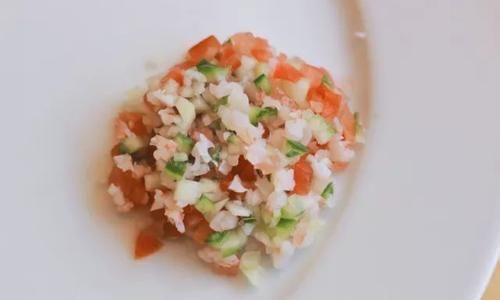
- Pleating: The classic pleated fold is both beautiful and functional, ensuring the dumpling seals tightly.
- Half-Moon Fold: Simple and easy, perfect for beginners.
- Potsticker Fold: Creates a small pouch that holds the filling securely.
3 Sealing the Dumplings
To ensure your dumplings don’t leak during cooking, use a bit of water or egg wash on the edges of the wrapper before sealing. This acts as an adhesive and helps create a tight seal.
Chapter 6: Cooking the Dumplings
There are several methods for cooking shrimp dumplings, each offering a unique texture and flavor profile.
1 Steaming
Steaming is a healthy and traditional way to cook dumplings. Arrange them in a single layer on a steaming rack or bamboo steamer, making sure they don’t touch each other. Steam over boiling water for about 8-10 minutes, or until the wrappers are translucent and the shrimp are cooked through.
2 Pan-Frying (Potstickers)
Pan-frying, or making potstickers, gives the dumplings a crispy bottom and tender top. Heat a bit of oil in a non-stick skillet over medium-high heat. Add the dumplings in a single layer and cook until the bottoms are golden brown and crispy. Add a splash of water to the skillet, cover, and steam for a few minutes until the filling is cooked.
3 Boiling
Boiling is quick and straightforward, though it can make the dumplings a bit soggy if not handled carefully. Drop the dumplings into boiling water and cook for about 3-5 minutes, or until they float to the surface and the wrappers are translucent.
Chapter 7: Serving and Enjoying
Once your dumplings are cooked, it’s time to serve and enjoy them. Here are some serving suggestions and dipping sauces to elevate your dumpling experience:
1 Serving Suggestions
- Garnishes: Add a sprinkle of chopped green onions, sesame seeds, or a drizzle of chili oil for added flavor and presentation.
- Accompaniments: Serve with a side of steamed vegetables, rice, or noodles for a balanced meal.
2 Dipping Sauces
- Soy Sauce-Based: A simple mix of soy sauce, rice vinegar, sesame oil, and a touch of sugar.
- Ginger-Soy Sauce: Add finely minced ginger to soy sauce for a refreshing kick.
- Chili Oil Sauce: Combine soy sauce, chili oil, garlic, and a touch of vinegar for a spicy, tangy sauce.
- Peanut Sauce: A creamy, savory option made with peanut butter, soy sauce, garlic, ginger, and honey.
Conclusion
Making delicious shrimp dumpling filling is an art that combines precision, creativity, and a love for food. By carefully selecting your ingredients, preparing the shrimp
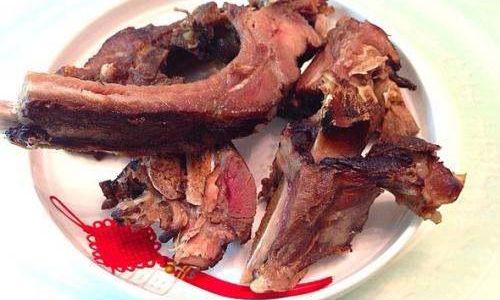
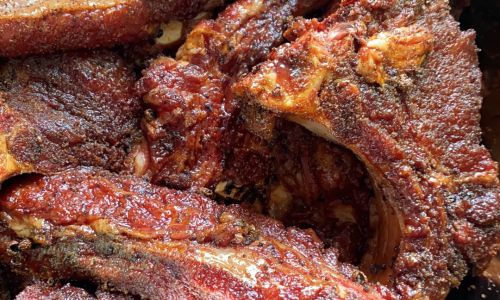
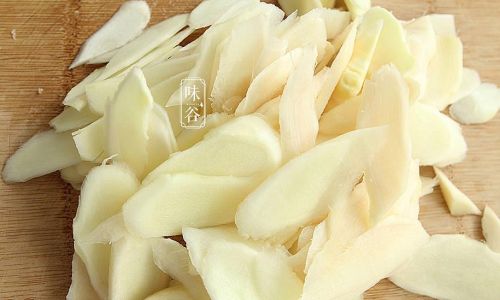
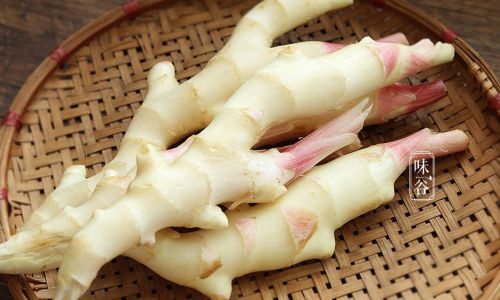
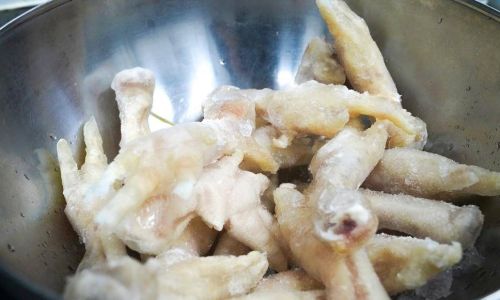
0 comments